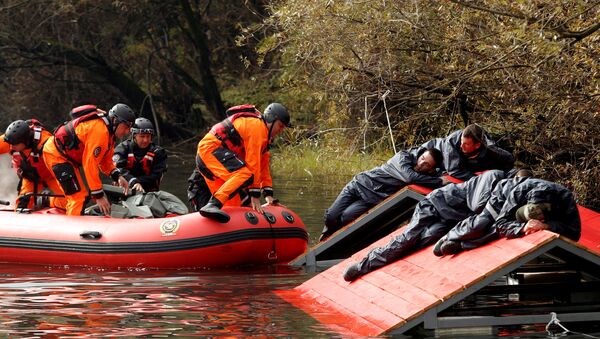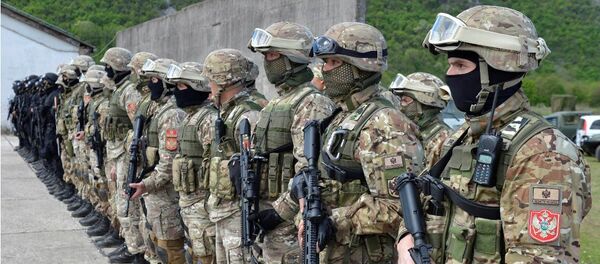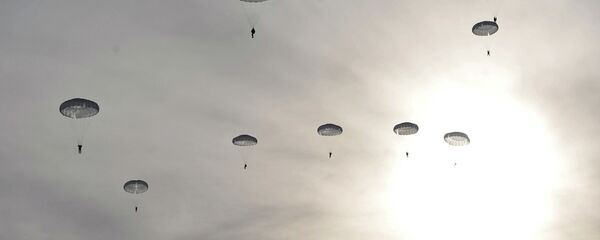Some 250 kilometres (155 miles) away, Montenegro was hosting the NATO exercises focused on international response to floods and chemical incidents from October 31 – November 4. The exercises had 680 participants from 32 NATO allied and partner countries.
"Those drills are of very different nature of military engagement, the fact those are happening at the same time is of no real importance. Of course it is an entirely possible scenario that planers and decision makers intentionally chose the same period for the purpose of exhibiting their presence in the region, but in reality this is of no real importance in comparison to the results of the exercises," Director of International Security and Affairs Centre Nikola Petrovic said.
"Naturally, due to current tensions in NATO – Russia relations those two exercises could be used by some media and politicians for further escalation in rhetoric," Petrovic added.
Similarly, the CEO of Belgrade-based International Security Institute, Orhan Dragas said that NATO and Russia certainly informed each other of their plans when to hold military drills so as to avoid any misinterpretation or conflict.
"Both exercises are small scale and do not involve the breadth of forces necessary for conflict. Although relations between Russia and NATO have worsened recently, neither side is seeking to escalate to military action and there is no cause to do so in the Balkans," Dragas said.
Yet, according to him, the parallel NATO and Russian drills though could have an overall negative influence on the Western Balkans.
"The impression created by these two exercises is negative for the Balkans. The future of the former Yugoslav states lies in economic, political, cultural and defence collaboration. We firmly believe that our neighbourhood should not be the playing field for a great game between NATO and Russia," Dragas underlined.
On the contrary, expert Maja Bjelos from the Belgrade Centre for Security Policy insisted that both drills will have a positive influence, on Serbia especially, reminding that Serbian soldiers took part in the NATO drill in Montenegro, too.
She also emphasized that the public is often unaware of or often forgets the fact that Serbia has been NATO’s partner for 10 years, as well as that the scope of Serbia’s bilateral military cooperation with the United States, the leading country of NATO, is far beyond its military cooperation with any other country, including Russia.
"I believe the official title of the exercise [in Serbia] — Slovenian Brotherhood — created additional confusion. Maybe the organisers wanted to symbolically point out that Serbs have a historical relationship with Russia. However, I think this sends a political message, more how we assign to one club. Serbia is not re-approaching Russia with this exercise, it is rather deepening and expanding cooperation with the West and the East," Bjelos noted.
On December 2, 2015, NATO invited Montenegro to join the military bloc and Podgorica accepted the invitation the following day. Serbia is a member of NATO’s Partnership for Peace program since 2006, but is officially a militarily neutral state.



